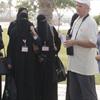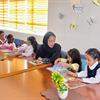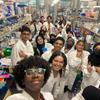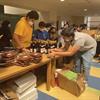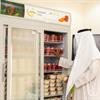Brian explained that the mangrove forest covers more than 150 hectares along the coastline of KAUST and this is an increase of 20% over the past decade, aided by the afforestation program that involved planting an astonishing 150,000 saplings. The marine ecosystem’s incredible ability to thrive in the difficult conditions of a high saline environment make it a focal point for KAUST scientists’ long-term experiments and monitoring programs and to this end 152 hectares have been designated the Ibn Sina Field Research Station and Nature Conservation Area.
The students used the information sheets in the backpacks they received on arrival to identify the wide variety of birds and marine animals they might see while exploring. Ten species of crab have been found at home in the KAUST mangroves, young fish use the shallow, food-filled waters as a safe nursery haven, (the students were thrilled to see a blue spotted stingray!) and over 100 species of birds have been spotted in the area, either residents or on a stopover while migrating. In addition to the home the mangrove forest provides for creatures living in and around it, the students were fascinated to learn of how we humans benefit from their presence – the mangroves root systems reduce coastal erosion and mangrove forests are incredibly efficient carbon stores, with KAUST research suggesting that one hectare of mangrove forest might hold the equivalent of 17 hectares of Amazon rainforest.
Social Responsibility is very grateful to Brian, Enaam and Mariam for volunteering their time and giving such a fascinating insight, to the Thuwal Schools’ staff for accompanying the students and to the students themselves for engaging with the event, asking relevant and interesting questions and being keen to learn.
Which of the United Nations Sustainable Development Goals does this support?
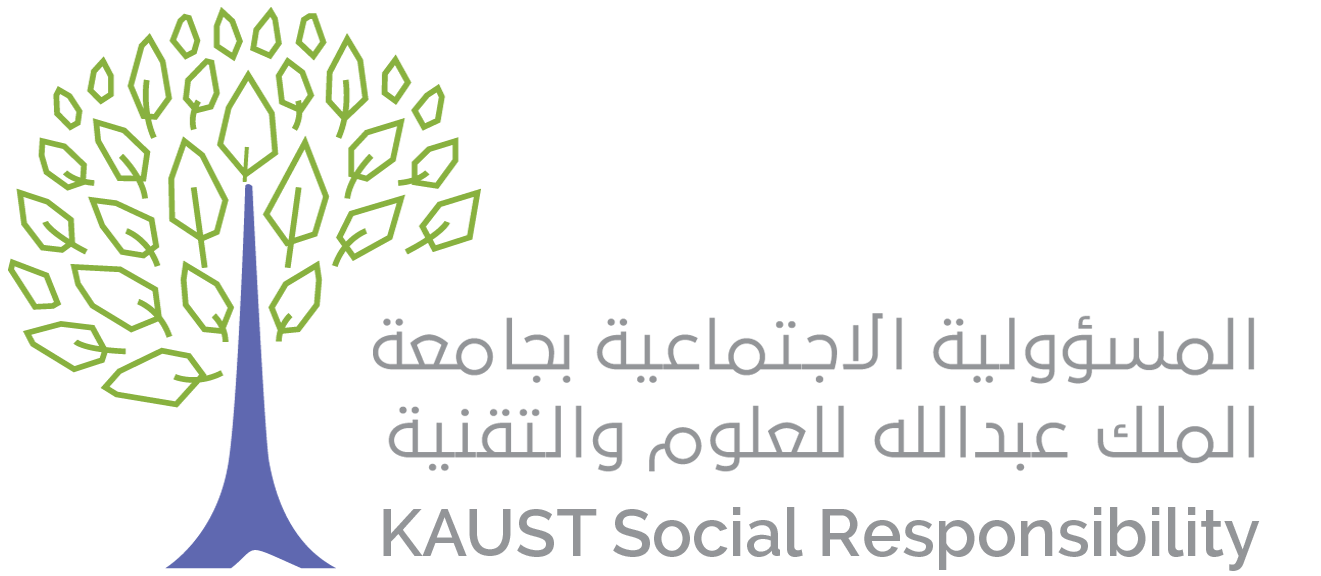
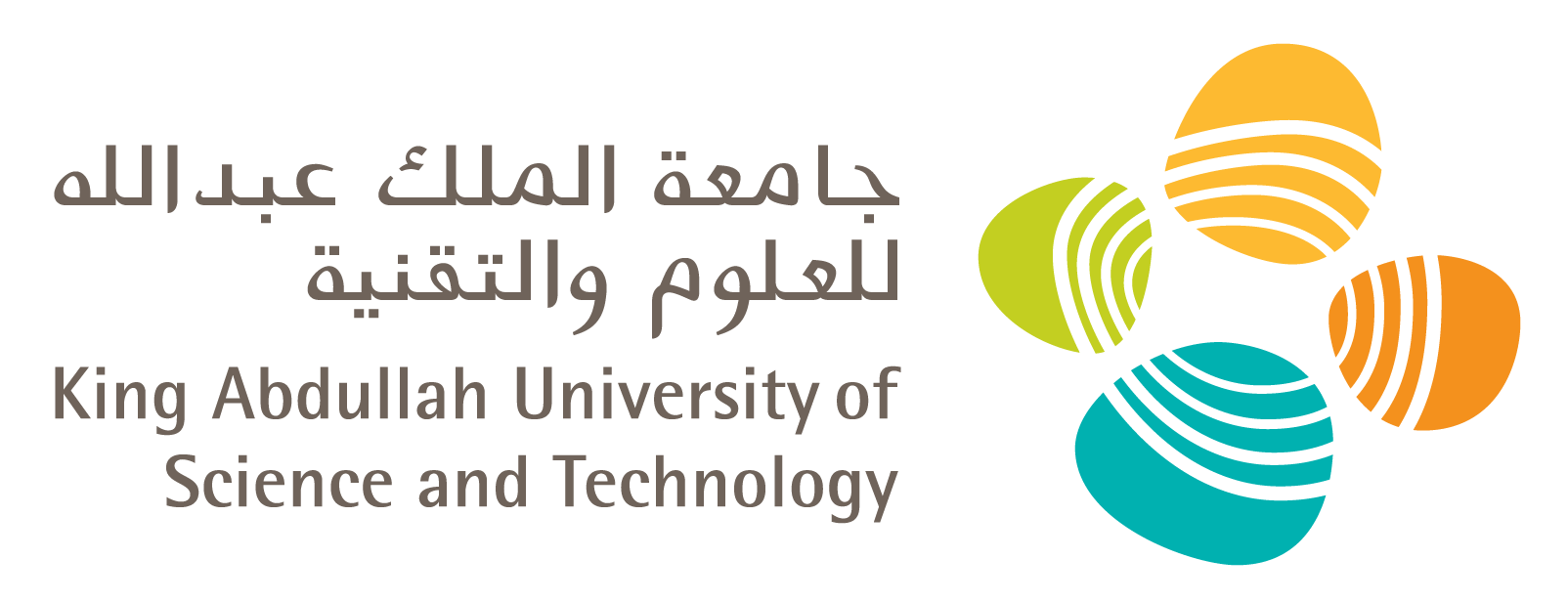
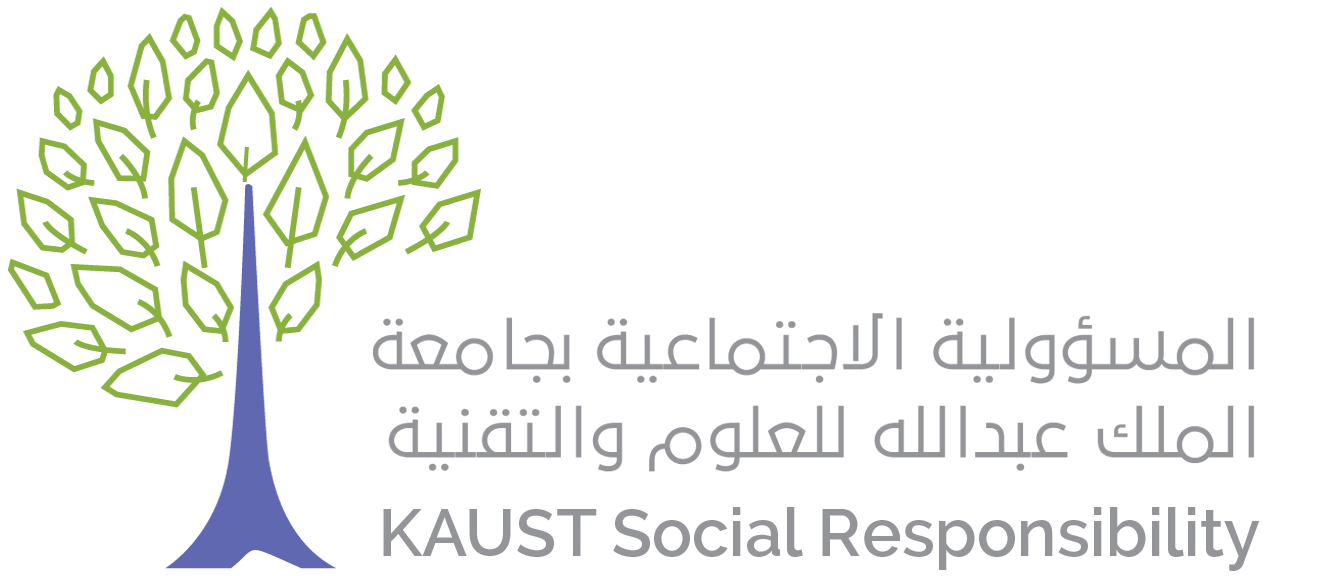
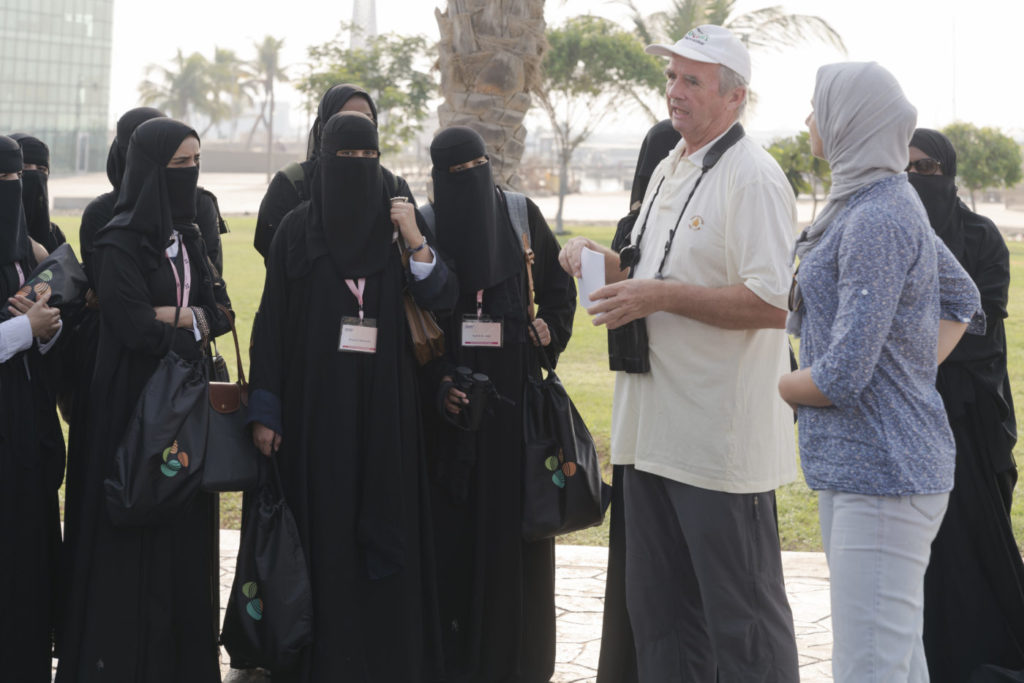
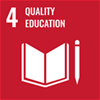
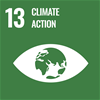
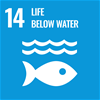
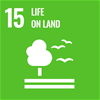
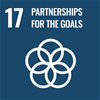
.tmb-th100x100.jpg?sfvrsn=bb30773b_1)
.tmb-th100x100.jpg?sfvrsn=9f7ac50d_1)
.tmb-th100x100.jpg?sfvrsn=d6a1bedf_1)
.tmb-th100x100.jpg?sfvrsn=36659f49_1)
